Using drones for Search and Rescue in the rugged Scottish Highlands is becoming more efficient thanks to AI. A team from the University of Glasgow, led by Jan-Hendrik Ewers, is exploring how machine learning can enhance search strategies, reports MIT Technology Review.
Revolutionizing Search and Rescue
The Highlands present a unique challenge for rescue operations. Vast terrain and limited battery life make it critical to choose the right area to search. Traditionally, expert pilots use a mix of intuition and search theory. Ewers and his team wanted to see if AI could do better.
Ewers, familiar with the Highlands’ challenges, started with global search-and-rescue data. He trained an AI model with details like the individual’s activity and where they were found, along with geographical data from Scotland. The model runs simulations to predict where a missing person might be, creating a probability map.

AI Outperforms Traditional Methods
In their study, published on arXiv, Ewers’s algorithm was tested against two common search patterns. The “lawn mower” pattern involves flying over an area in straight lines, while the other algorithm uses a simpler probability approach. Ewers’s method outperformed both, locating missing persons 19% of the time compared to 8% and 12% for the other methods.
If successful in real-world rescues, this system could save lives by speeding up response times.
“The search-and-rescue domain in Scotland is extremely varied and dangerous,” Ewers says. Efficient drone searches could be crucial in emergencies.
The Potential and Challenges
Experts believe deep learning could improve drone searches in various wilderness areas. David Kovar from the US National Association for Search and Rescue notes the potential benefits, especially in the early stages of a search.
However, the accuracy of probability maps is crucial. Overreliance on them could lead to searching wrong areas. Ewers aims to enhance accuracy by using more GPS data from recent rescues to train his model. The main challenge is obtaining sufficient high-quality data.
Regulatory Hurdles
Despite their potential, drones face regulatory challenges. In the US, drone pilots must maintain a line of sight, and in Scotland, drones can’t be more than 500 meters away. These rules, meant to prevent accidents, limit the drones’ effectiveness in rescues.
“Oftentimes we’re facing a regulatory problem rather than a technical problem,” Kovar says.
Drones are capable of much more than current regulations allow.
Ewers is discussing with Police Scotland to test and deploy his system in real-world rescues. This collaboration could pave the way for more advanced use of drones in search and rescue operations.
DroneXL’s Take
AI-driven drones could transform search and rescue, making operations faster and more efficient. However, the success of these systems will depend on the quality of data and regulatory flexibility. As technology advances, it’s crucial to adapt regulations to maximize the potential of drones in saving lives.
Featured Photo courtesy of Weber County Search and Rescue.
Discover more from DroneXL
Subscribe to get the latest posts to your email.
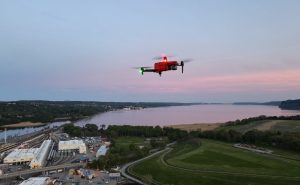
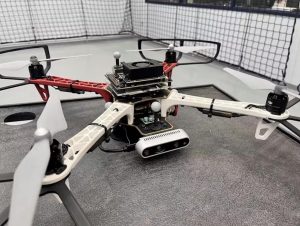
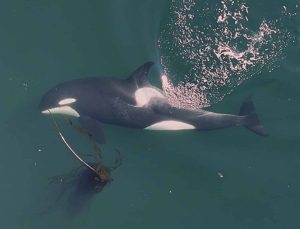
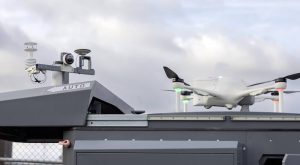


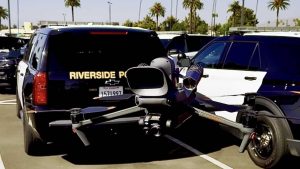
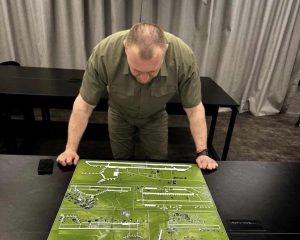
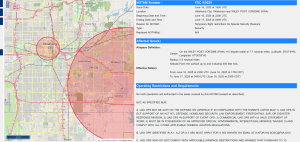


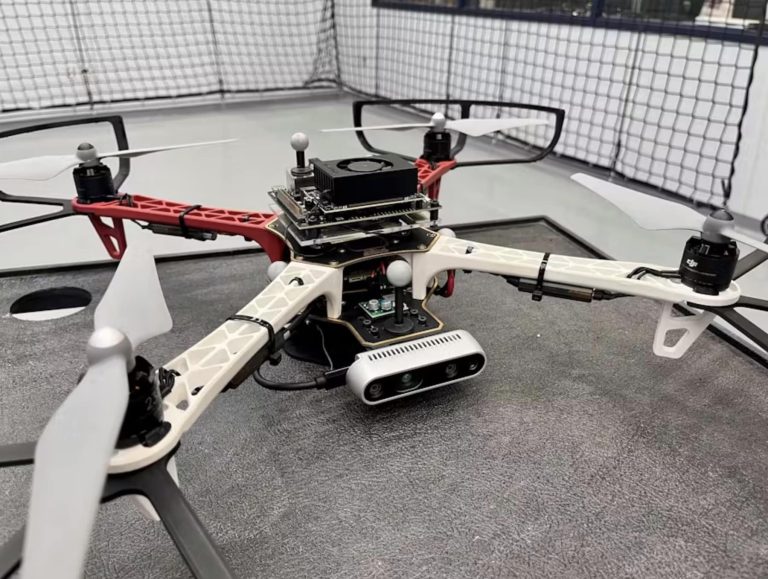
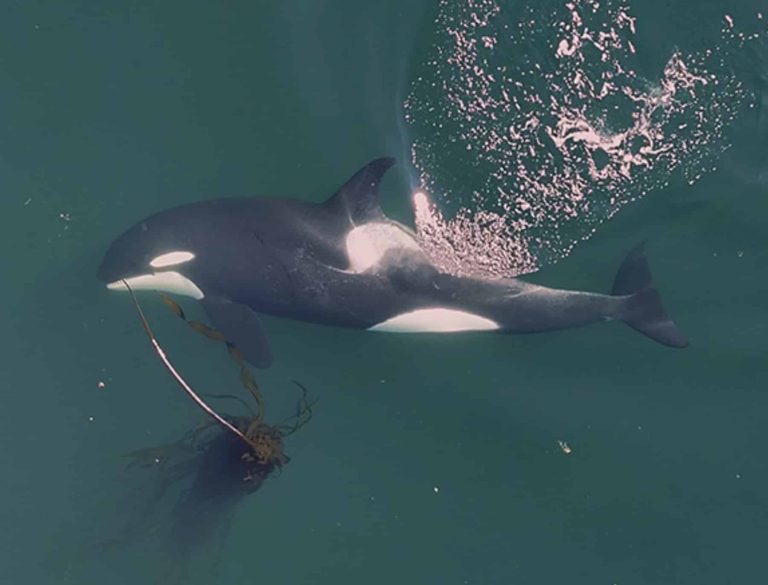
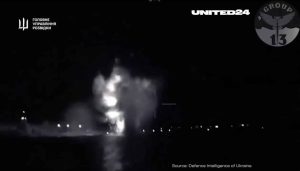
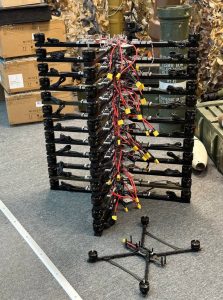
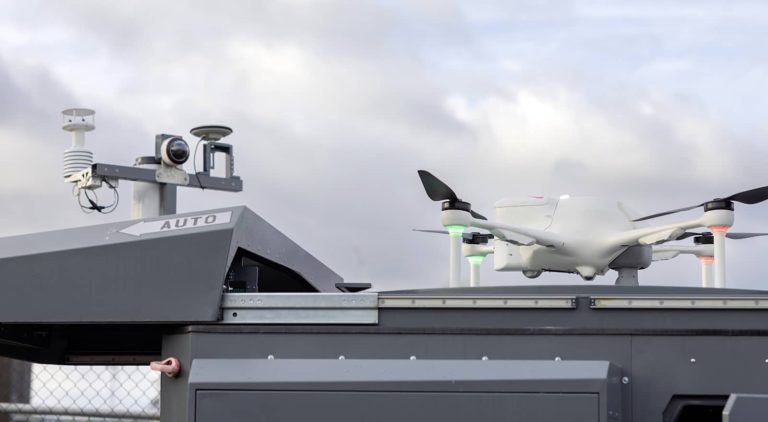


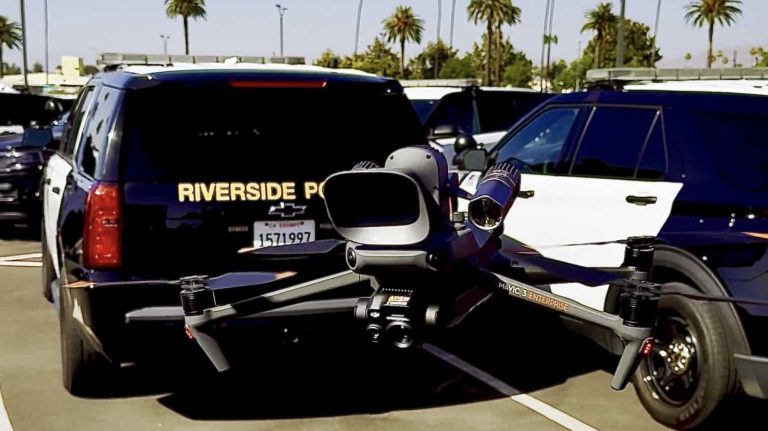
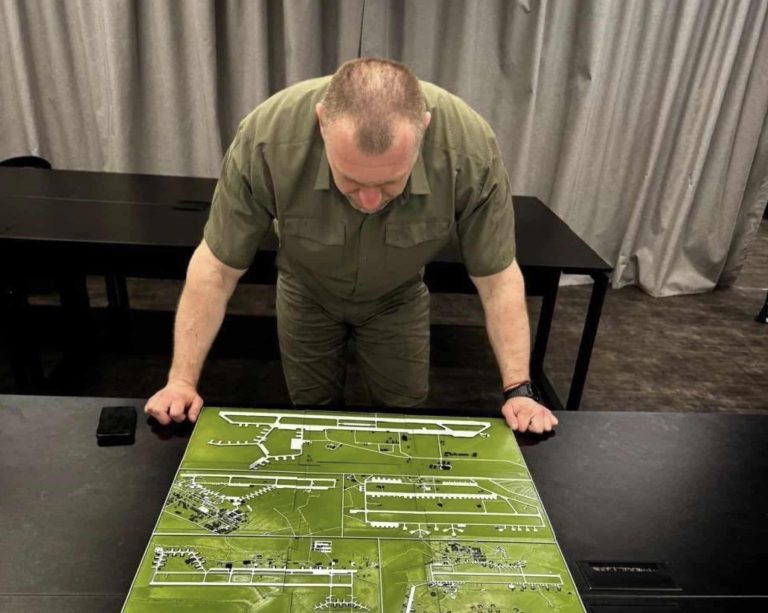
+ There are no comments
Add yours